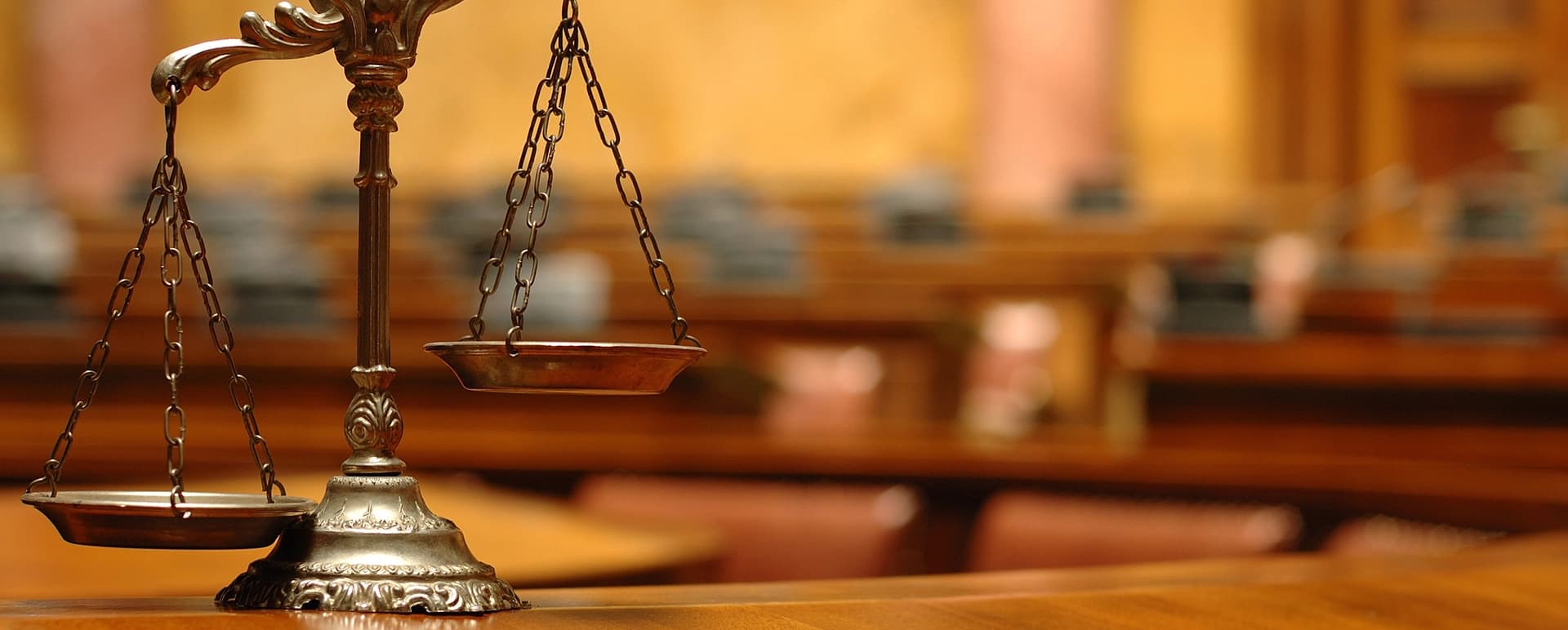Trial Presentation Delivering Clear Case Information in Court
Trial Presentation Delivering Clear Case Information in Court
Blog Article
Captivate the Court: Crucial Elements of a Powerful Trial Presentation
Vital elements such as comprehending the audience, crafting an engaging story, and understanding verbal and non-verbal communication are essential elements of an effective presentation. As these elements intertwine, they form a natural approach that not just informs yet additionally involves jurors on multiple degrees.

Recognizing Your Target Market
Understanding your target market is an essential element of efficient trial presentation. A successful discussion rests on the capability to grasp the demographics, worths, and tendencies of jurors. This comprehension informs exactly how debates are framed, evidence is provided, and sob stories are crafted, making certain that the message reverberates with the jurors on a personal degree.
Research study shows that jurors come from varied histories and may have varying degrees of understanding pertaining to legal procedures. In addition, comprehending the jurors' prospective prejudices and life experiences permits the test presenter to prepare for objections and address problems proactively.
Efficient trial discussion also entails observing jurors' responses during the procedures. Involving with jurors as people instead than a cumulative system is important in fostering a solid connection in the courtroom.

Crafting an Engaging Story
Crafting a compelling story is essential in guiding jurors with the intricacies of a case. A well-structured story not only streamlines elaborate lawful concepts yet also engages jurors on a psychological level, making the information extra relatable and remarkable.
This message ought to resonate with the jurors' values and experiences, fostering a link that goes beyond mere facts. This sequential technique can aid jurors adhere to the progression of events, stressing reason and impact.
Incorporating human elements-- such as personal stories or stories-- can additionally enhance the narrative's impact. These components stimulate compassion, allowing jurors to picture the repercussions of the case on the real worlds. In addition, utilizing a constant motif throughout the presentation enhances the main debate, making it simpler for jurors to maintain crucial points.
Eventually, an engaging narrative transforms a trial discussion from a simple address of realities into an influential tale that captivates the court, urging them to ponder with both factor and emotion.
Making Use Of Visual Aids
Including visual help into a test presentation can considerably enhance jurors' comprehension and retention of details. Aesthetic materials such as graphes, diagrams, photographs, and videos can transform intricate legal principles and evidence right into quickly digestible layouts. By involving several senses, these help enable jurors to picture the instance's crucial elements, making it simpler for them to comply with along and realize intricate information.
Furthermore, properly designed visual aids can emphasize crucial points and highlight relationships in between different pieces of evidence. For circumstances, timelines can properly illustrate the series of occasions, while annotated photos can make clear specific information appropriate to the situation. This not just help in understanding however additionally reinforces the narrative offered by the attorney.
It is important, nonetheless, to guarantee that visual help matter, clear, and expertly presented. Excessively complex or messy visuals may bewilder jurors and detract from the message. When used sensibly, aesthetic aids serve to match the oral debates and enhance the overall effect of the trial presentation. Eventually, efficient visual interaction can be an effective tool in persuading jurors and aiding them get to notified verdicts.
Understanding Verbal Communication
Reliable verbal interaction is crucial in a test discussion, as it offers as the main methods via which lawyers communicate their debates and attach with jurors. Simplicity in language promotes understanding and assists jurors comprehend intricate problems offered throughout the test.
Additionally, tone and pacing dramatically influence just how messages are obtained. A positive tone conveys authority, while appropriate pacing allows jurors to take in info without feeling bewildered. Lawyers must also vary their vocal inflections to highlight bottom lines and keep jurors' passion throughout the discussion.
In addition, the company of spoken debates visit the website is important. Structuring the narrative rationally and coherently assists jurors adhere to the attorney's logic, making it simpler for them to retain critical details. Utilizing influential methods, such as storytelling, can also improve the psychological resonance of a knockout post the arguments offered, therefore producing an extra profound connection with jurors.
Ultimately, mastering spoken communication not just reinforces an attorney's situation but likewise cultivates trust fund and relationship with the jury, considerably boosting the possibilities of a positive judgment.

Involving With Body Language
Nonverbal communication plays an important duty in test discussions, commonly sharing messages that words alone can not reveal. Body language, encompassing gestures, posture, faces, and eye call, dramatically affects exactly how jurors perceive the trustworthiness and sincerity of the presenter. A positive stance, with shoulders back and an open stance, can infuse count on, while closed-off body movement may recommend defensiveness or uncertainty.

Face expressions should mirror the emotions connected with the instance, reinforcing the narrative existing. For example, look at these guys a sincere expression throughout a touching minute can evoke empathy and strengthen the emotional appeal. Inevitably, grasping body language is crucial for efficient trial discussions, as it boosts spoken communication and develops an engaging visibility that reverberates with the court.
Conclusion
In final thought, captivating the jury necessitates a calculated approach that encompasses understanding the target market, crafting a compelling narrative, making use of aesthetic aids, mastering spoken communication, and involving through body language. Each element plays a crucial duty in creating a powerful trial discussion that reverberates with jurors on both psychological and intellectual degrees (trial presentation). By incorporating these components properly, lawyers can dramatically boost their capability to encourage and affect jury decision-making
Report this page